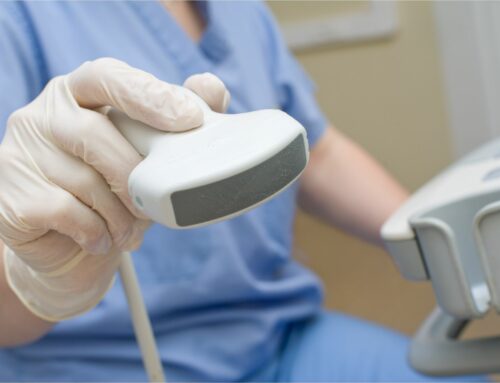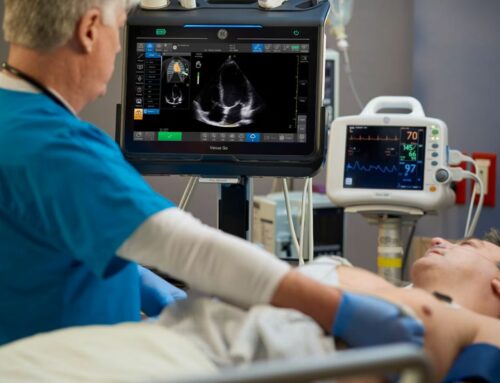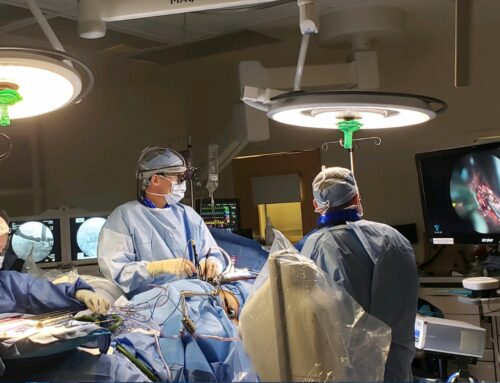By KYLE HENSON
Some of us are old enough to remember the emergency broadcast system that would show up during commercials telling us what to do if there was an actual emergency. The emergency broadcast system didn’t provide detailed information, but merely alerted people to an issue and let them know where to go to get the detailed information. Currently, organizations have a variety of monitoring systems that provide significant data; what is missing is an early warning system to watch the entire organization and notify system administrators quickly of an issue and where to best leverage the rest of their tools for the detailed information. Like the emergency broadcast system, all healthcare organizations need an imaging ecosystem monitoring solution to keep tabs on all components of the imaging environment.
Infrastructure Monitoring

Infrastructure monitoring is the most common monitoring in an IT shop. Most organizations have a set of tools that monitor the network and the server farm. These highly specialized tools manage the infrastructure and perform their job very well. They are configured by a set of parameters, and when the parameters are exceeded, an alarm goes off. Parameters such as free space on a local hard disk, maximum % of CPU, or whether a particular service is running on a server are common. Without a doubt, these are important. If a server or service is not running, we can be sure that images are not moving to physicians. The problem, however, is that just because a server is turned on does not mean that an application is doing what it should. A car on cinder blocks might run, and the wheels may even turn, but it won’t move down the road.
Application Monitoring

Application monitoring is the second most common type of monitoring in an imaging environment. Most, if not all, vendors will provide application monitoring with their product. Each of these tools also fills an important need, as the application vendor knows more about their product than anyone else and can provide very detailed information about it. Once a problem has been detected and localized these tools can be utilized to find the root problem and help restore service. The issue with this type of tool is that they track so much information it can become overwhelming. Also, a PACS vendor’s tools will monitor their PACS, as they should, but is not aware of what is occurring elsewhere in the ecosystem. To be specific, a PACS only knows what data it has, and it is unaware of studies that have not been sent, or what happens with studies after they are sent out of the application. PACS monitoring tools do not and should not be expected to track DICOM routers, VNAs or the integration points. This leaves the enterprise imaging manager with dozens (or more) vendor monitoring tools to try and watch simultaneously.
Workflow Monitoring

Workflow monitoring is the third monitoring component in many imaging ecosystems today. These tools were developed to look not at how applications function but to only address individual studies or sets of images. One common example is a report run in the EMR to identify procedures that were ordered (and not canceled) but either never received a physician report or have images linked. These would represent workflow challenges where something occurred, and the normal process was not followed. Each study will need to be investigated. Another type of workflow monitoring attempts to find images that disappeared when they were transferred between systems A and B. These workflow tools fill an important role in making sure that no reports or images fall through the cracks. They identify issues by looking backward at what work is completed and allow organizations to find and correct any gaps. They do not provide a view of what is happing in the present.
A Monitoring Solution to Fill the Gaps

With all these tools operating, many imaging teams still rely on notification by clinicians that a system is not operational, and then must begin the troubleshooting process to find where the problem lies. We propose that a different type of monitoring is needed, imaging ecosystem monitoring. This type of monitoring supports and augments the three existing monitoring solutions as well as providing necessary information to both vendors and local IT experts. It also delivers enterprise imaging dashboard and reporting capabilities to the imaging management team.
Imaging ecosystem monitoring tools view the entire imaging chain the way users do, by the functional use. It tests every server in the environment to determine if it can currently process images and if that processing is at an acceptable speed. Ecosystem monitoring provides one dashboard that can monitor multiple facilities, multiple systems, and multiple vendor’s solutions utilizing industry-standard means. It can identify an issue before users are aware and localize it to a single server anywhere in the organization that is not performing.
Organizations that are equipped with multiple types of monitoring are better able to manage and support the clinical user. Each tool is designed for a specific purpose; the absence of any of the tools leaves an organization open to an increased number and duration of outages impacting patient care.
About Kyle
I am a long-time imaging professional with expertise in PACS, CPACS, VNA, Zero Footprint Viewers, XDS, IHE and the rest of the alphabet soup that makes imaging systems go!
After serving our country as an officer in the US Army, Kyle entered healthcare IT. His 17-year career has included everything from the payer space, to PACS vendor, imaging consultant and hospitals. This unique experience has allowed Kyle to see the industries problems and opportunities from all sides. He is currently pursuing his doctorate with a research focus on radiology operations. He is also the founder and CEO of Heartbeat by Intelligent Imaging, a company focusing on proactive monitoring in imaging.












